 The New York Times Bestseller once upon a time had no separate Children’s book lists. Occasionally a book for children would pop onto the list. But for the most part, the book would hit low on the list and go away quickly. But, as with almost everything else Harry Potter related, things changed once J.K. Rowling’s titles hit the USA.
The New York Times Bestseller once upon a time had no separate Children’s book lists. Occasionally a book for children would pop onto the list. But for the most part, the book would hit low on the list and go away quickly. But, as with almost everything else Harry Potter related, things changed once J.K. Rowling’s titles hit the USA.
It all started innocently enough on the December 27, 1998 list. HARRY POTTER AND THE SORCERER’S STONE debuted at the bottom of the list at #16 (with an asterisk that it was tied for #15 – the list only goes 15 deep). The synopsis: “A Scottish boy, neglected by his relatives, finds his future attending a school of witchcraft.” The description was later changed to “A British boy finds his fortune attending a school for witchcraft.”
Throughout 1999 – January, February, March, April, May and most of June, STONE remained on the list bouncing from #6-#10. A long run for any hardcover on the list, but not unprecedented.
On the June 20, 1999 list HARRY POTTER AND THE CHAMBER OF SECRETS debuted at #1 on the NYT List. STONE was #7 and had been on for 26 weeks. Both books remained on the list in the #3-#7 range for a few months. The third book had been released in the UK and the demand in the US was rising steadily although it wasn’t available stateside.
On the September 12, 1999 list, STONE hit #1 on the list and CHAMBER was #3. Both books would remain on the list until the Times created a separate Children’s book list.
On the September 26, 1999 list, HARRY POTTER AND THE PRISIONER OF AZKABAN debuted at #1. CHAMBER was #2 and STONE was #3. This pretty much lasted throughout the rest of the year. The December 26, 1999 list has the titles at #1, #2 and #3.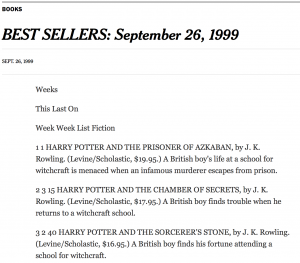
It has always been a goal of most writers to make it onto the NYT list. There were author bonuses, bookstores would discount and promote books on the list, and publishers gauged success and celebrated when making the list. But now, there were three Harry Potter titles at the top, and there was no sign of them ever leaving.
It was announced that the fourth book, HARRY POTTER AND THE GOBLET OF FIRE would be released in July 2000. Unlike the first three, this was when the launch parties started. This was the first book to published after the enormous sales had been established. This title would be one more book “clogging” the list and keeping other titles off the list. What is to be done?
The New York Times solution was to create a Children’s only bestseller list. The debuted on July 28, 2000 with the top four titles Harry Potter.
 But that is not the end of the impact. Because the Harry Potter titles (eventually seven) dominated the Children’s list, the Times created a separate list for Children’s Series.
But that is not the end of the impact. Because the Harry Potter titles (eventually seven) dominated the Children’s list, the Times created a separate list for Children’s Series.
The amazing success of Harry Potter has had a major impact on the world. The books are record setting, brilliant and a story for the ages. The books were so impactful that they altered the way the New York Times, the most prestigious list in the book world, reported on books and forever changed the way the NYT Bestseller list looks like.

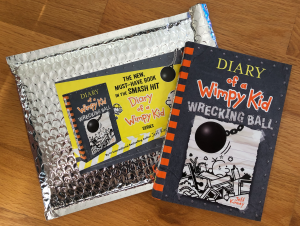

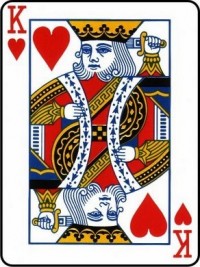 Why is this happening In an industry that is flat and distribution to the market continues to consolidate? What is the value of a publisher?
Why is this happening In an industry that is flat and distribution to the market continues to consolidate? What is the value of a publisher? corporate ones.
corporate ones.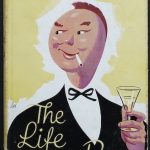 This consolidation is nothing new. Publishers have been combining and buying one another for a decades.
This consolidation is nothing new. Publishers have been combining and buying one another for a decades. 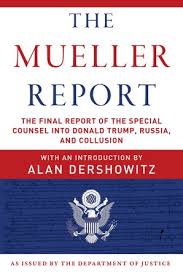
 The top sponsored title is from
The top sponsored title is from 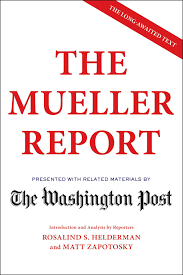 The Washin
The Washin


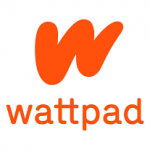 Wattpad Books states they will be “combining human editorial expertise with Wattpad’s Story DNA Machine Learning technology.” Quite a phrase! They then go on to quote some impressive statistics; 565-million story uploads and a global audience of over 70-million. Wattpad signed up with Macmillan (US) and Raincoast (CA) so there is distribution muscle behind their product. They are focusing on YA titles because that is the biggest part of their audience.
Wattpad Books states they will be “combining human editorial expertise with Wattpad’s Story DNA Machine Learning technology.” Quite a phrase! They then go on to quote some impressive statistics; 565-million story uploads and a global audience of over 70-million. Wattpad signed up with Macmillan (US) and Raincoast (CA) so there is distribution muscle behind their product. They are focusing on YA titles because that is the biggest part of their audience. Callisto Media has been in business for almost a decade. Their mission statement is “Big Data is disrupting the world’s largest media industry, ushering in a new age of predictability, profitability, and explosive growth. Consumers no longer have to choose among products that only partially meet their needs. Authors can expect consistent success. This is the new world of publishing. This is Callisto Media.” They started selling via Amazon and now have expanded into bricks and mortar. Their success has been driven by cookbooks and self-help. In some ways, slicing categories into even more specific areas has been a winning formula.
Callisto Media has been in business for almost a decade. Their mission statement is “Big Data is disrupting the world’s largest media industry, ushering in a new age of predictability, profitability, and explosive growth. Consumers no longer have to choose among products that only partially meet their needs. Authors can expect consistent success. This is the new world of publishing. This is Callisto Media.” They started selling via Amazon and now have expanded into bricks and mortar. Their success has been driven by cookbooks and self-help. In some ways, slicing categories into even more specific areas has been a winning formula. Swoon Reads is a bit different in that they were created within a massive corporation, Macmillan. Their model is also crowd sourced. They don’t push the data angle as much as the others, but have been effective in crowd sourcing this information. They recently signed a deal with A+E to develop programming.
Swoon Reads is a bit different in that they were created within a massive corporation, Macmillan. Their model is also crowd sourced. They don’t push the data angle as much as the others, but have been effective in crowd sourcing this information. They recently signed a deal with A+E to develop programming. Inkitt has had success turning self-published books into Amazon best-sellers. They state they are “the world’s first reader-powered book publisher, offering an online community for talented authors and book lovers.” They select the titles that get the most action from the community.
Inkitt has had success turning self-published books into Amazon best-sellers. They state they are “the world’s first reader-powered book publisher, offering an online community for talented authors and book lovers.” They select the titles that get the most action from the community.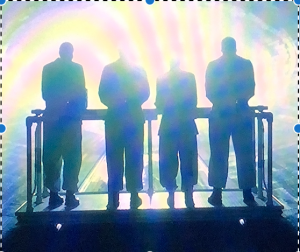
 Data is the buzzword in publishing today. In this tough retail market, to get the edge, publishers need to use market data to get ahead. To compete.
Data is the buzzword in publishing today. In this tough retail market, to get the edge, publishers need to use market data to get ahead. To compete.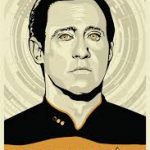 A fifth A could be Amazon. To be used to increase sales on the site but to also to diversify sales away to other accounts. As Amazon wields data as a weapon, and as the account eats up market share, publishers have responded by building up their resources.
A fifth A could be Amazon. To be used to increase sales on the site but to also to diversify sales away to other accounts. As Amazon wields data as a weapon, and as the account eats up market share, publishers have responded by building up their resources. One night last summer I couldn’t sleep and was surfing the internet. I stumbled across a few articles on
One night last summer I couldn’t sleep and was surfing the internet. I stumbled across a few articles on  The New York Times Bestseller once upon a time had no separate Children’s book lists. Occasionally a book for children would pop onto the list. But for the most part, the book would hit low on the list and go away quickly. But, as with almost everything else Harry Potter related, things changed once J.K. Rowling’s titles hit the USA.
The New York Times Bestseller once upon a time had no separate Children’s book lists. Occasionally a book for children would pop onto the list. But for the most part, the book would hit low on the list and go away quickly. But, as with almost everything else Harry Potter related, things changed once J.K. Rowling’s titles hit the USA.
 But that is not the end of the impact. Because the Harry Potter titles (eventually seven) dominated the Children’s list, the Times created a separate list for Children’s Series.
But that is not the end of the impact. Because the Harry Potter titles (eventually seven) dominated the Children’s list, the Times created a separate list for Children’s Series. Just finished Bruce Springsteen’s masterful memoir,
Just finished Bruce Springsteen’s masterful memoir, 


